-
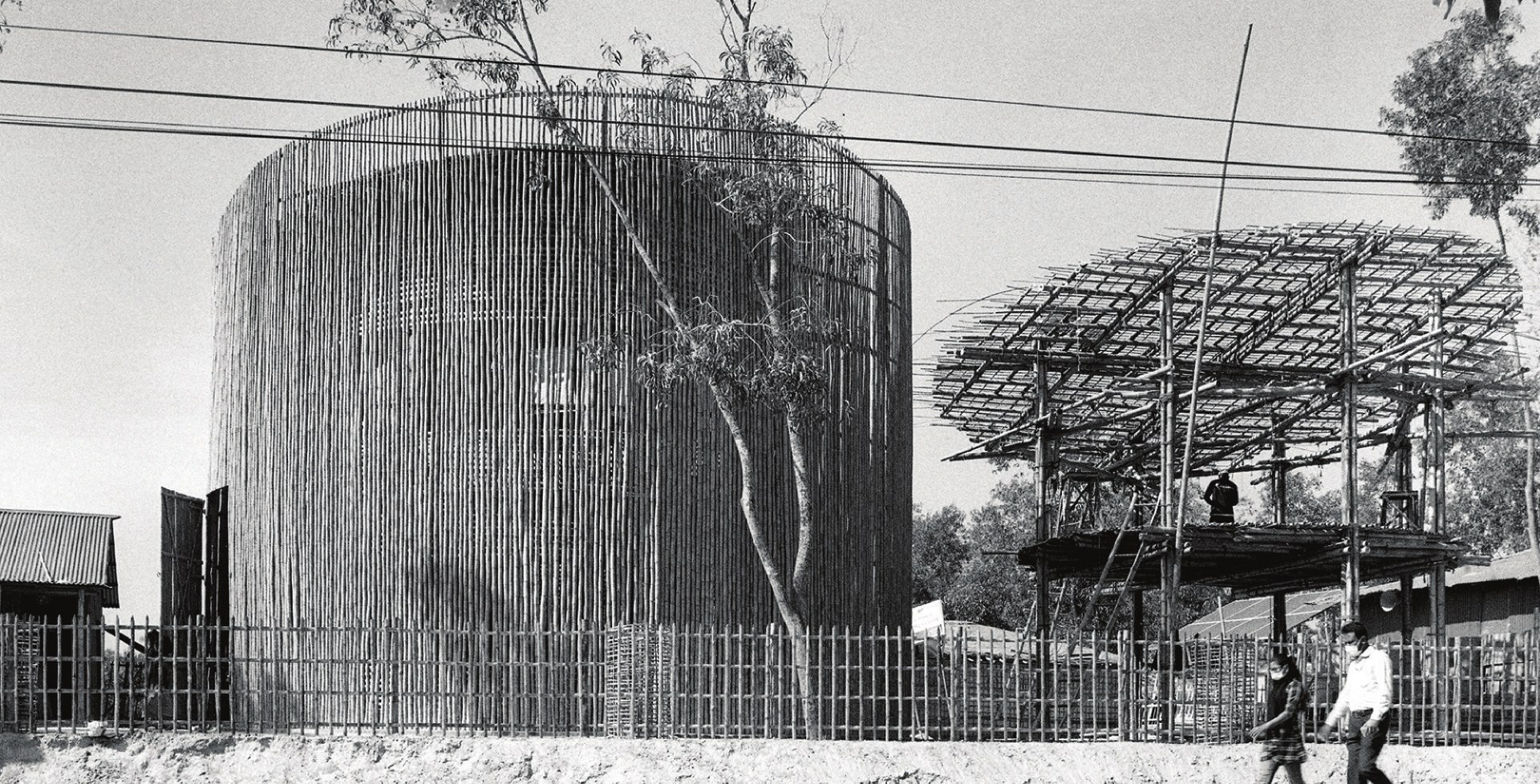
-
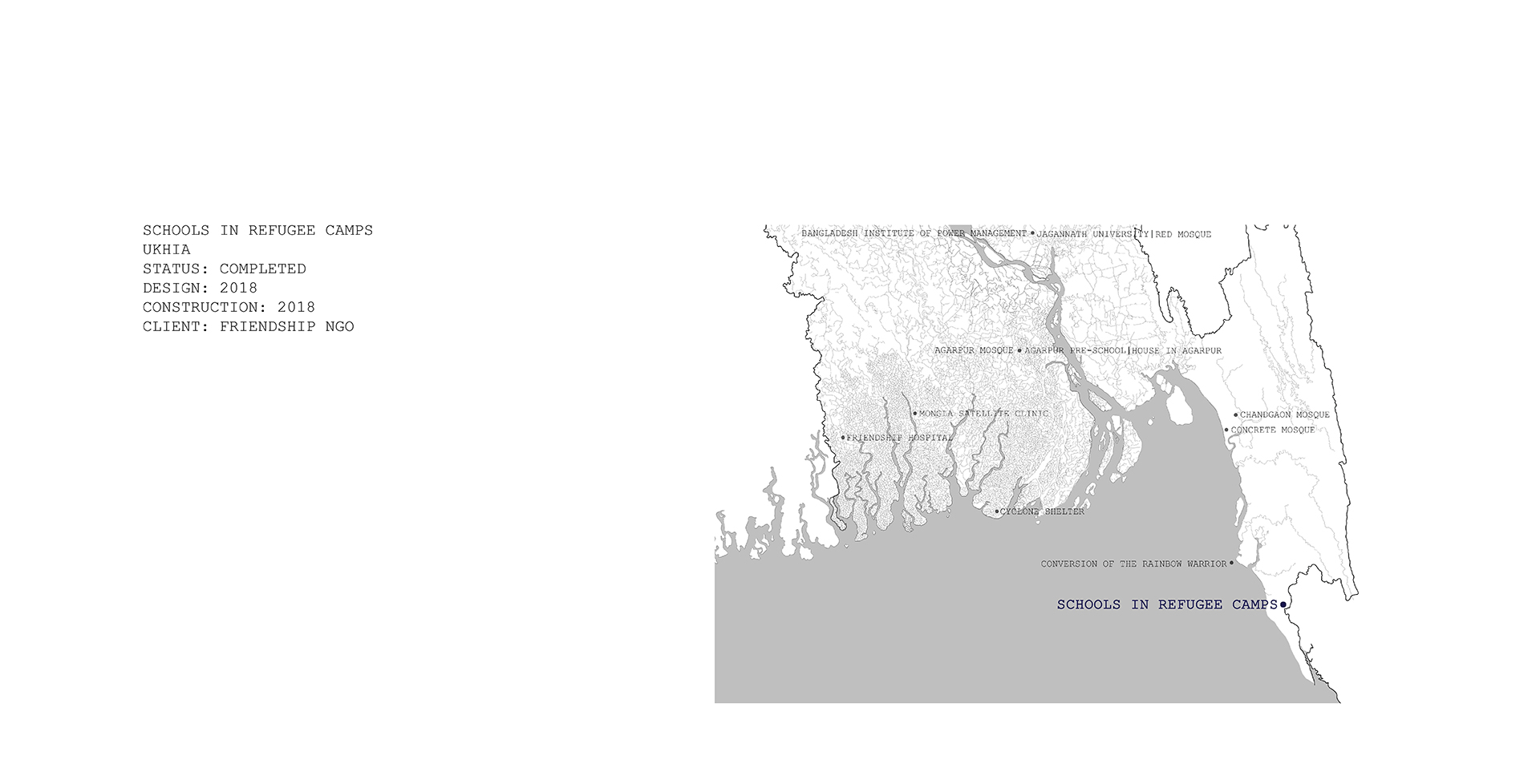
-
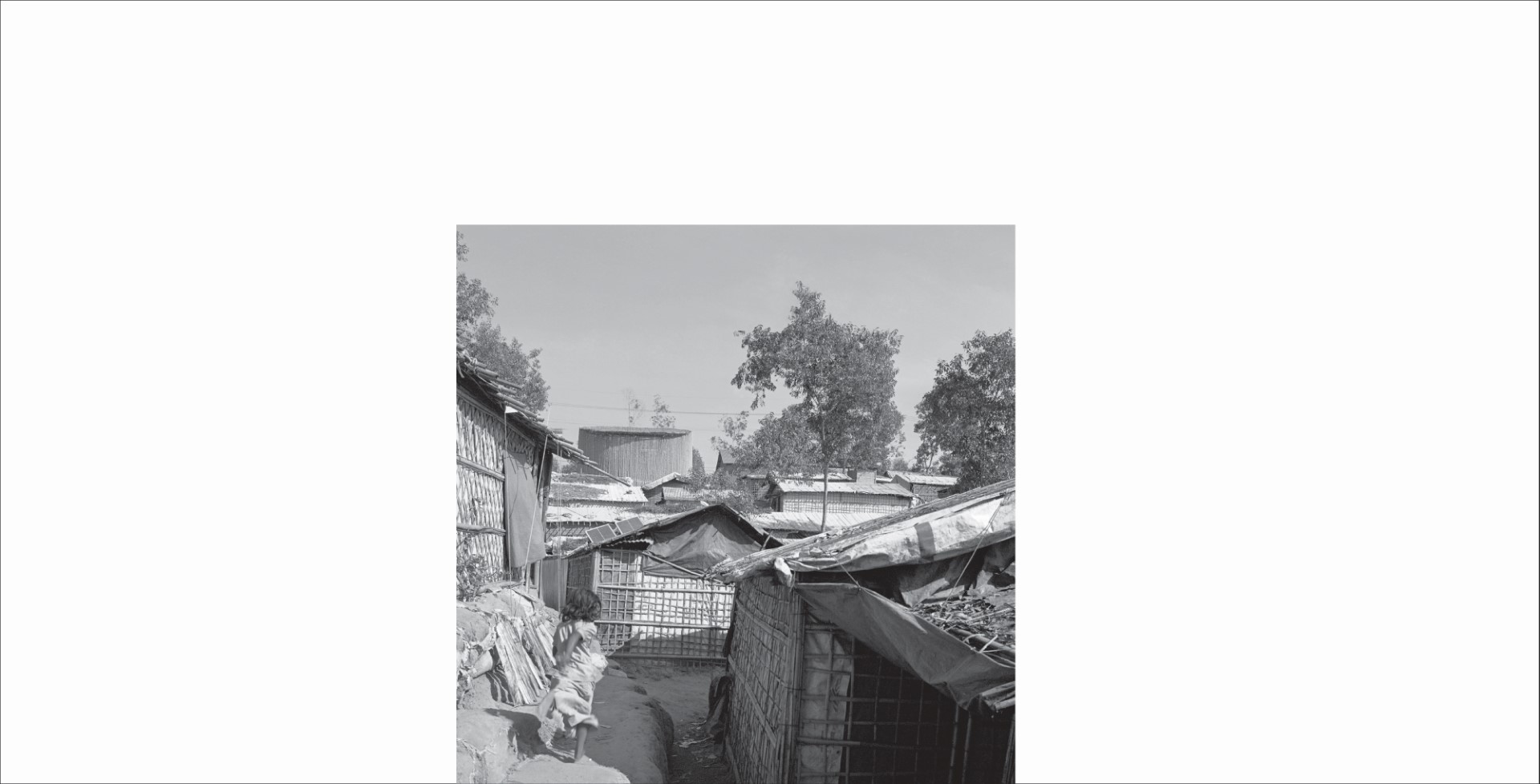
-

-
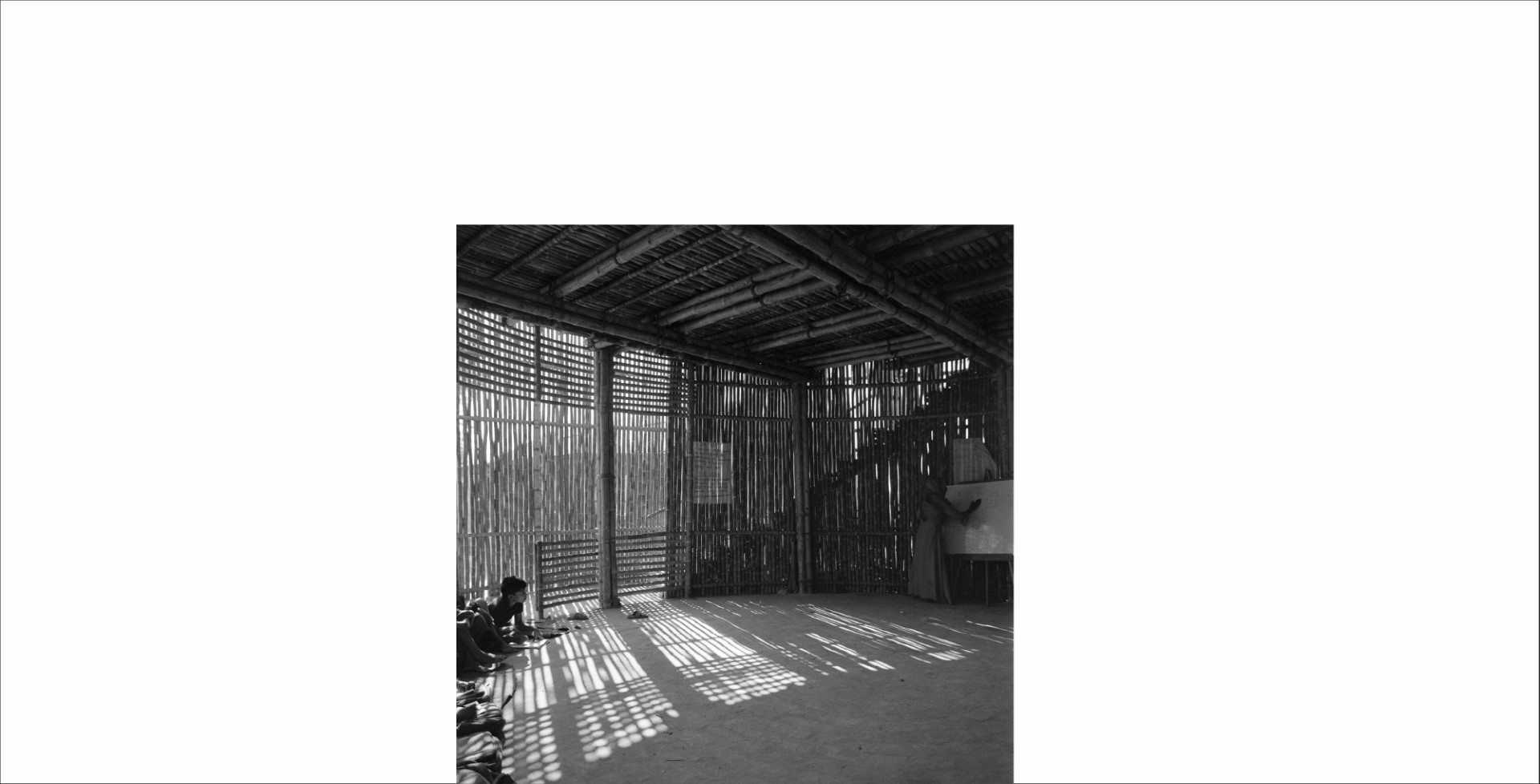
-
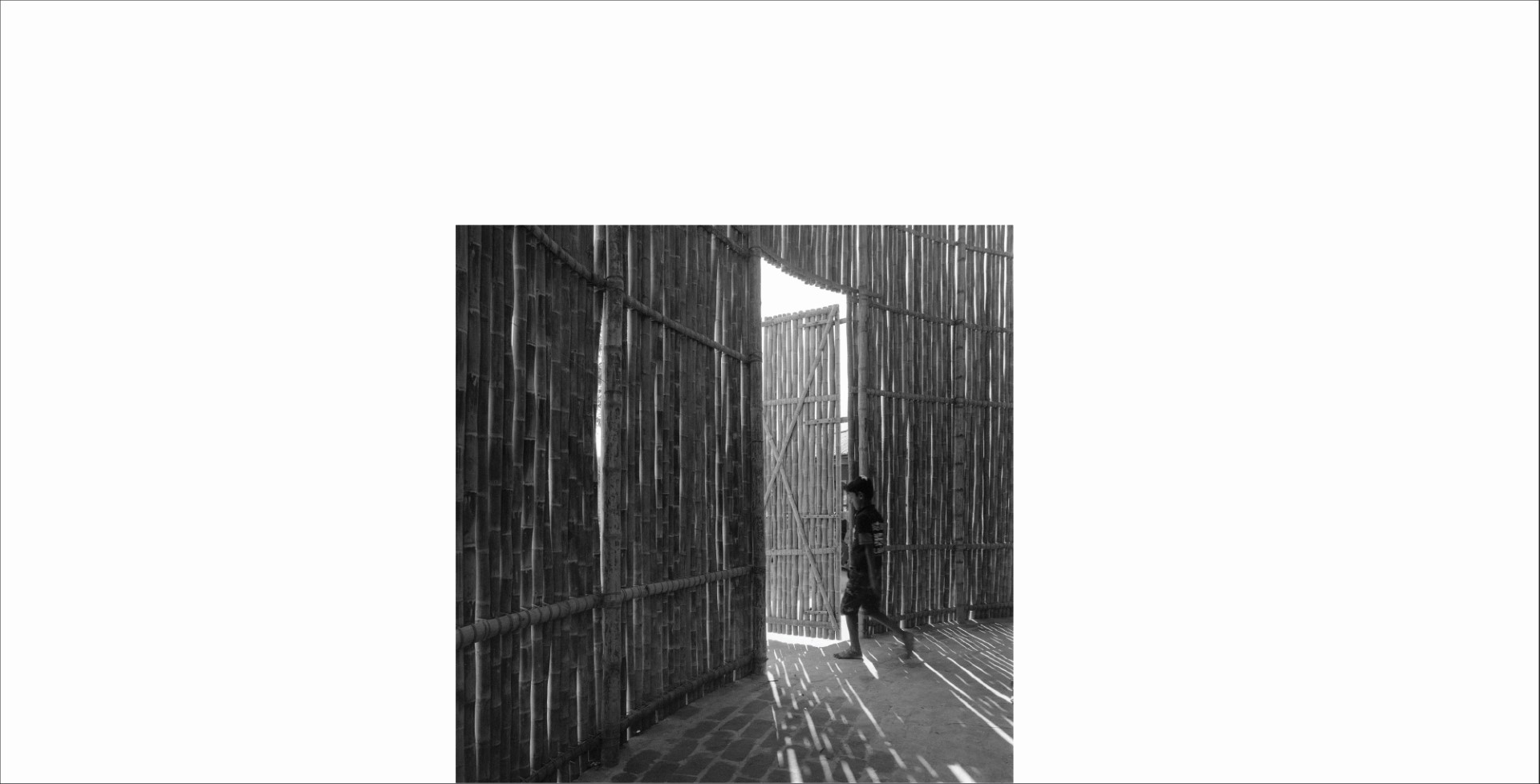
-
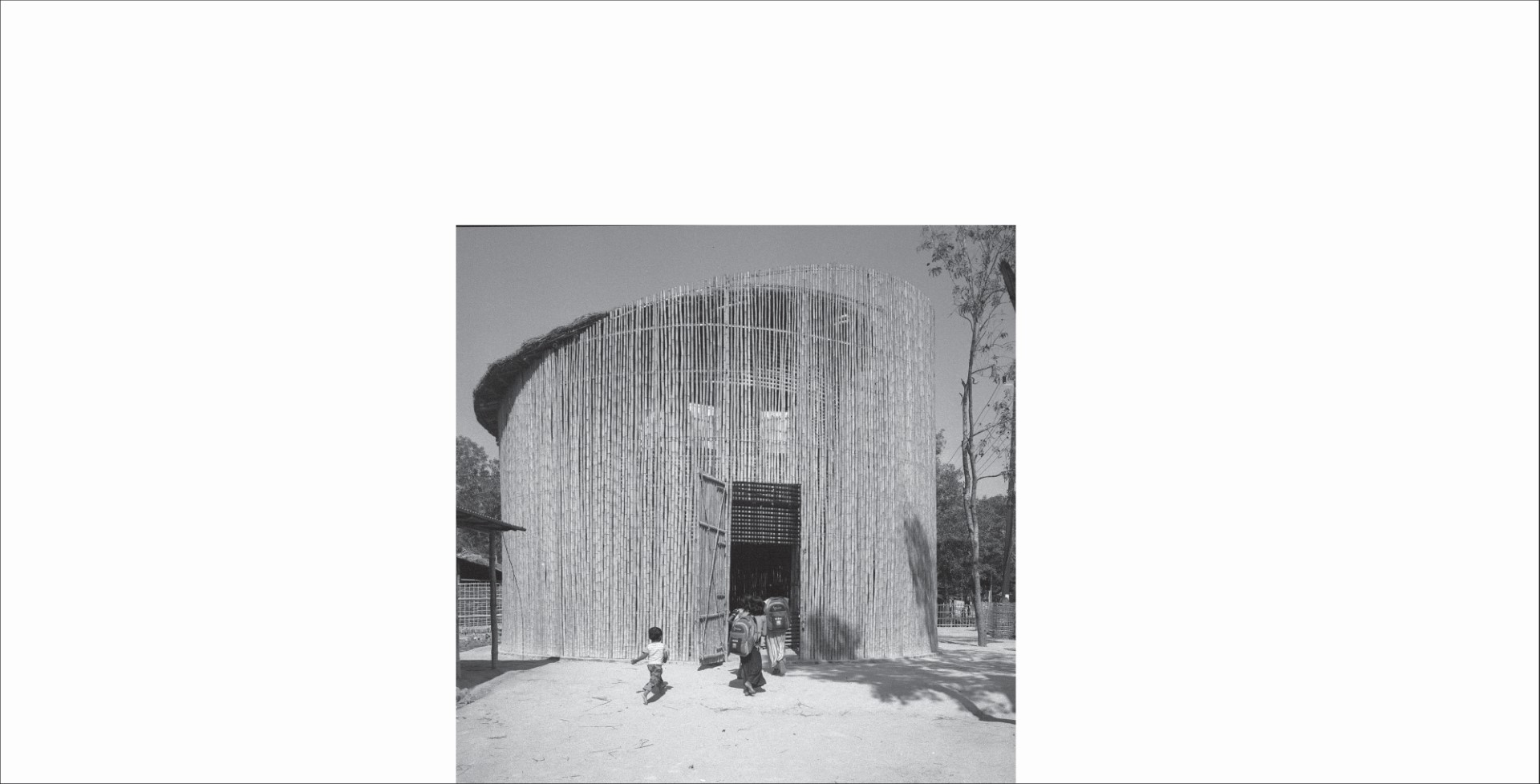
-
The prototype school was designed and detailed in three days, to be constructed within a short timeline in the Rohingya refugee camps in Ukhia, in the southernmost district of Teknaf in Bangladesh. Government imposed restriction on conventional building materials like cement, concrete, brick or steel meant that the logical approach was to consider the single most available bio-degradable material in the country: bamboo. Thus, the structure is all bamboo - wall, stair, floor slab and roof - and is built using traditional techniques employing ropes and strings rather than nails and clamps. Roof is formed of local thatch over bamboo structure, impenetrable against high rainfall.
While the building has a small footprint, it opens up inside by way of separation of inner structure and outer peripheral wall. The screen protects against outside noise, rain and solar heat gain. This breathing outer wall, letting in filtered light, helps to keep a naturally comfortable environment indoors while offering a veritable connection to the outside. The articulation of the two classroom spaces connected by a curving stair helps to provide an exciting playful space for small children. In this way, the day-school can function fully without power, helped by the open-to-sky threshold space.
The plight of the Rohingya is the making of one of the saddest stories in recent human history. Their children are victims of circumstance, destined now to grow up in a refugee camp against a yet unknown future. In the golden light filtering through the familiar bamboo, in the feeling of volume and generous spaciousness inside, the design aims to achieve just one thing: The uplift of the human spirit in however subtle a manner, for those however young in age.
-

-
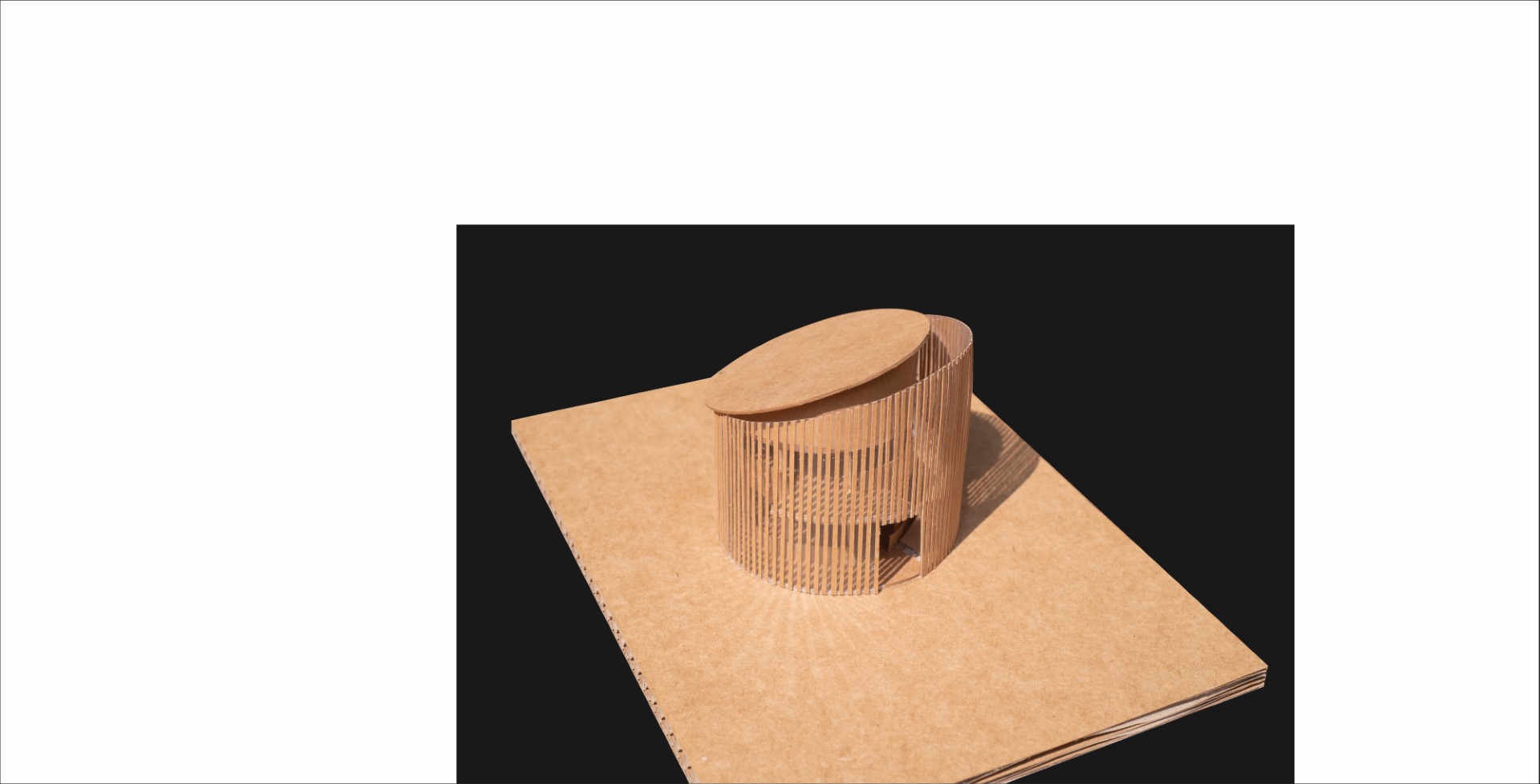
-
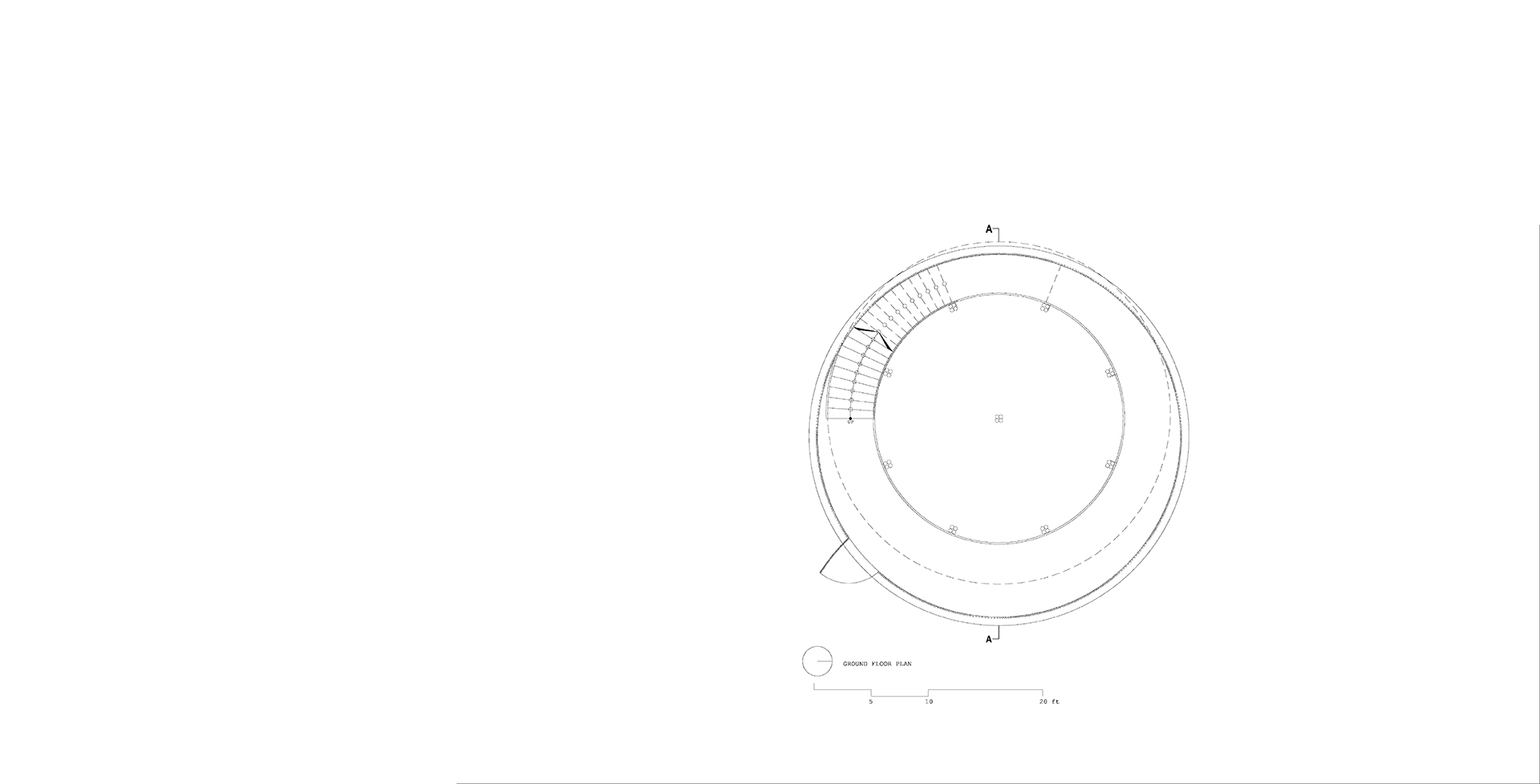
-

-
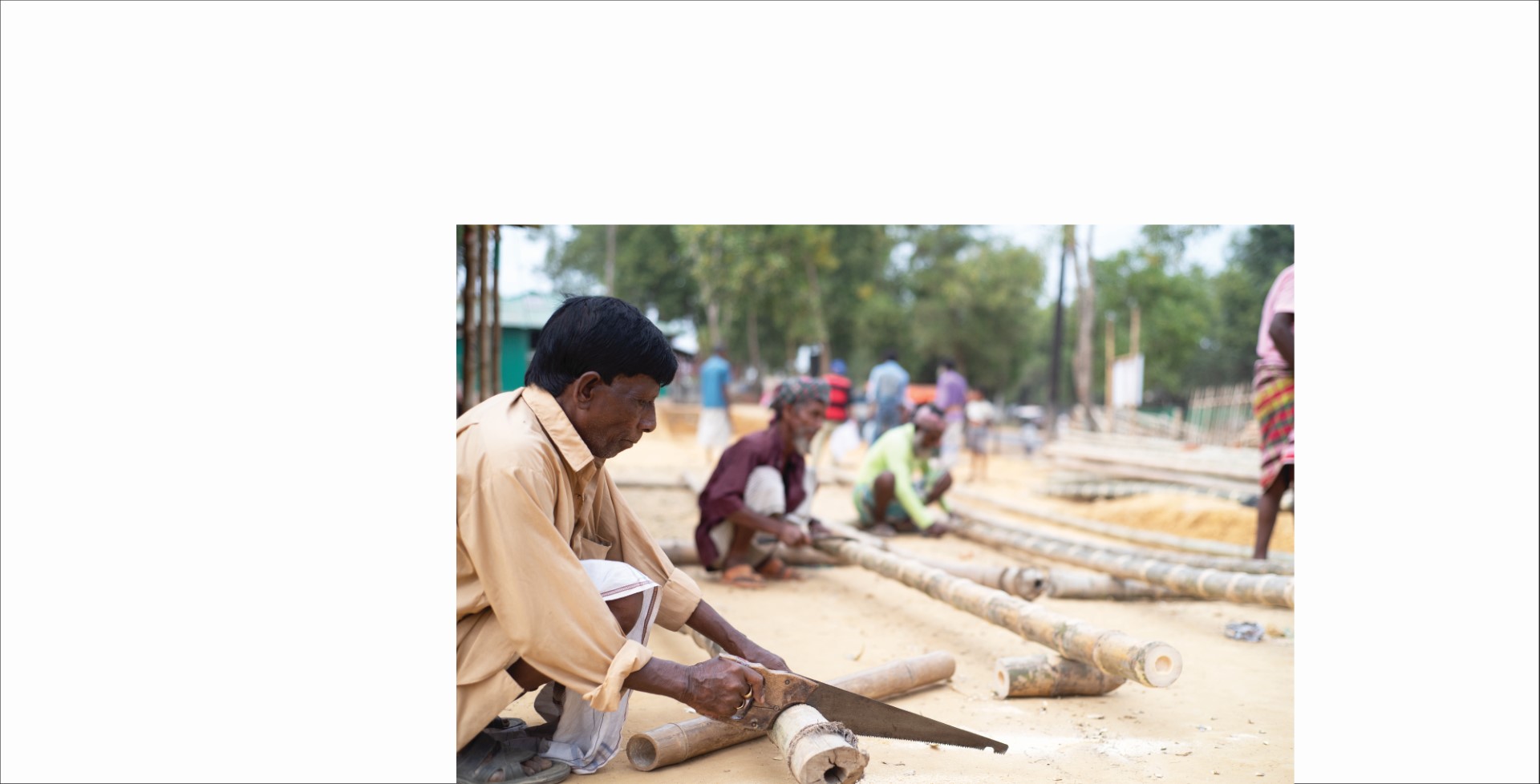
-

- Climate Change
- Built/Unbuilt
- Exhibitions
- Practice
- Publication & Lectures
- Info
- News
- Education & Institution
- Art Spaces
- Health & Leisure
- Live, Work & Industry
- Spiritual
- Museums
- Sports
- Rural - Urban